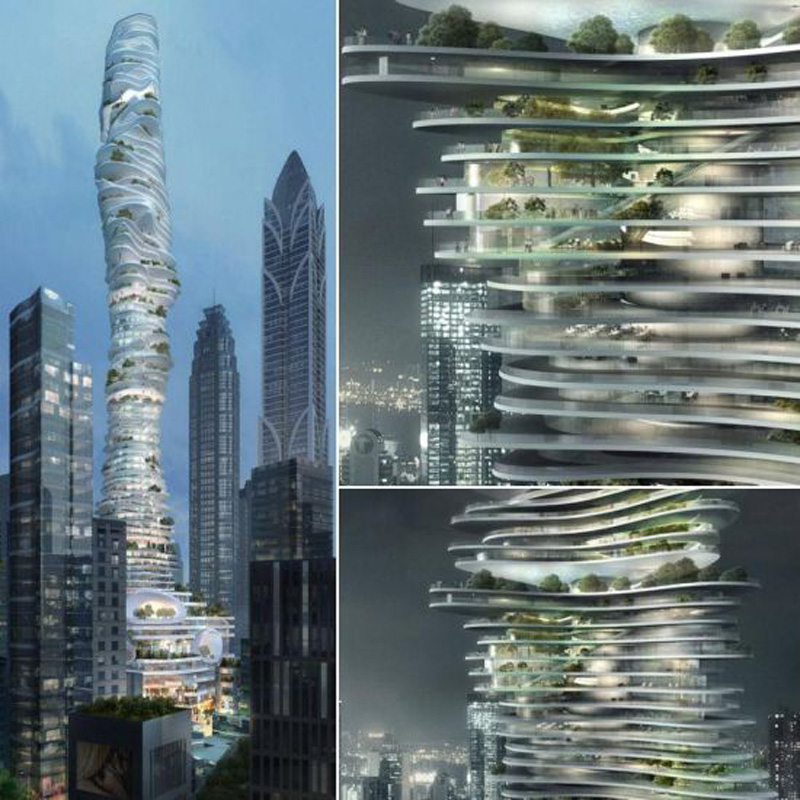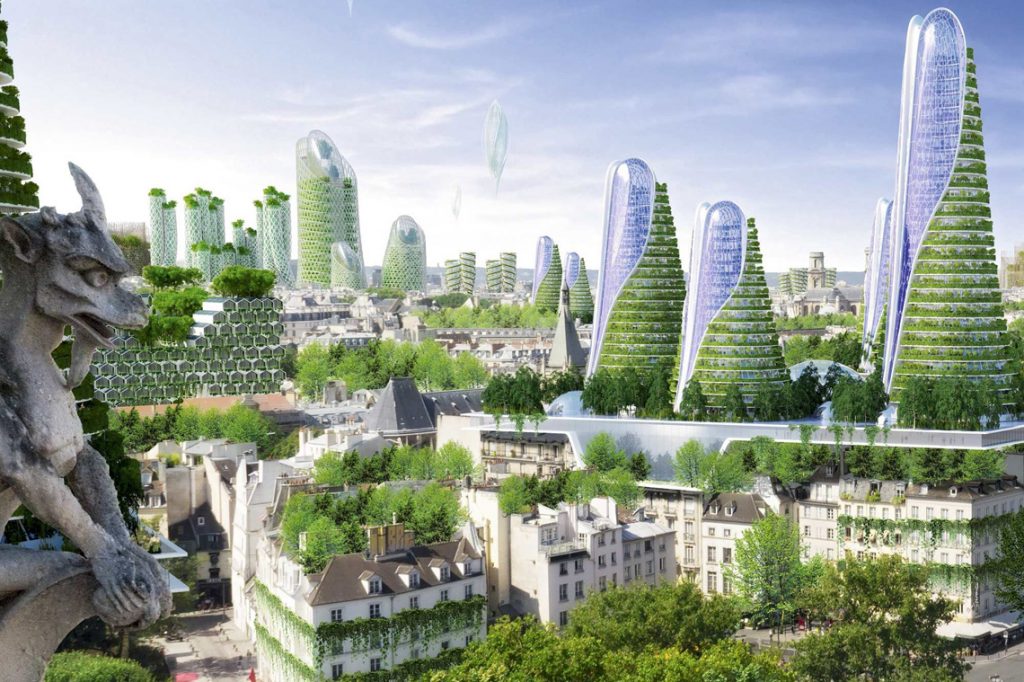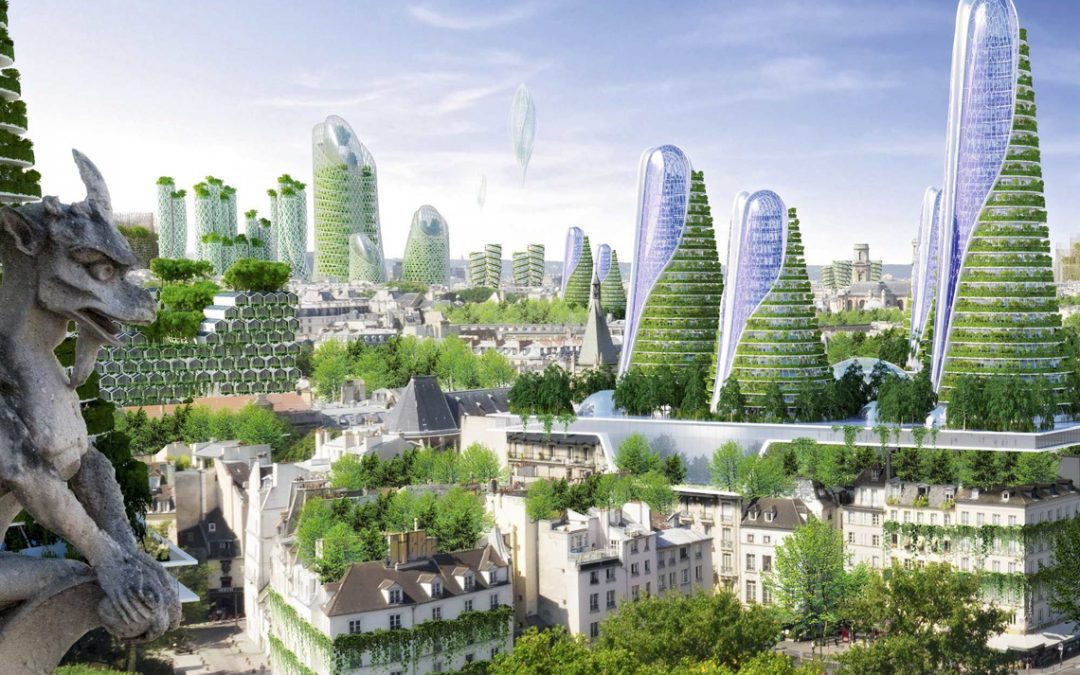In the summer issue 2010 of the magazine AWM (Architecten Web Magazine), you can read an interview with the founder of the Chinese agency MAD, Ma Yansong.
The vision of his office is that nature must be integrated into architecture, as in the Chinese architecture in the past had a strong connection with nature. He does not necessarily see nature as sustainable or ecological, but as an attitude to connect with nature. People are just as much part of nature as living green: “Everything is connected.”
For example, Beijing, Yansong argues, built essentially with the aid of artificially constructed rivers and hills, is a natural system with an explicitly intended cultural significance. When building in high densities, that connection with nature has only become more important, as one of the foundations for giving the city emotional qualities.
For example, he converted Tienanmenplein for a competition (Beijing 2050) from an empty place into a green political center. This seems to me to be a real political act and a welcome biotopic addition to the polluted Chinese capital.
Ma Yansong is not a green architect, his designs are also characterized by other explorations. But his argument that architects should focus much more on what the users want instead of meeting the short-term wishes of the authorities is encouraging. He himself puts his effort into perspective in the last sentence of the interview: You have to keep making proposals, the Chinese system is strong.

In particular, his interpretation of the emotional aspect of integrating nature into the built environment is something that is only implicitly mentioned in Europe, apparently is more sensitive to this in Chinese culture.

If we look at the (unrealized) projects on the site of the agency, it is a strange alienation of an expressive flowing formal language and (sometimes) living green that belongs more to an iconic architecture of a crisis-free world than to a attitude based on careful handling of raw materials.
In particular, the experiment led by MAD in 2008 to design a new center for the Chinese city of Huaxi, surrounded by nature, produced a storm of indignant reactions on the internet. The criticism focused on the non-integration of the partial designs and the ruining of the landscape by the bombastic architecture.
The design for a giant skyscaper in the city of Chongqing (2009) makes clear the desire to mix green and city, but is childishly naive in the details. How green at these heights should be between the shifted floors is left unanswered. The idea is reminiscent of the realized Brazilian skyscrapers with stacked villas with gardens and swimming pools, but the mature trees between the floors of the Chongqing tower seem more like a manifesto than a buildable model. We have to wait for real assignments to test the reality level.

